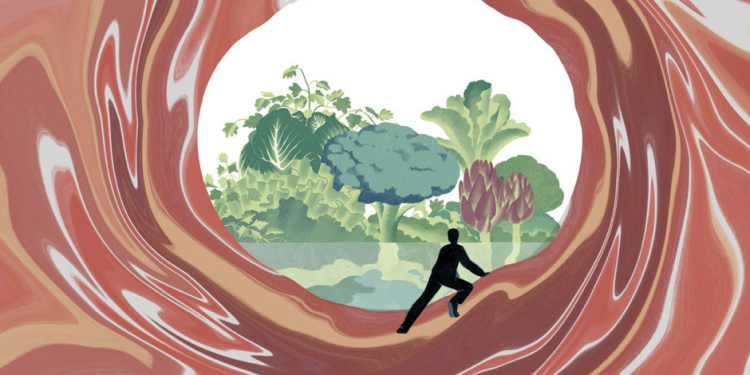In an Opinion article for the New York Times, Jonathan Safran Foer asks, Is any panic more primitive than the one prompted by the thought of empty grocery store shelves? Is any relief more primitive than the one provided by comfort food?
Most everyone has been doing more cooking these days, more documenting of the cooking, and more thinking about food in general. The combination of meat shortages and President Trump’s decision to order slaughterhouses open despite the protestations of endangered workers has inspired many Americans to consider just how essential meat is.
Is it more essential than the lives of the working poor who labor to produce it? It seems so. An astonishing six out of 10 counties that the White House itself identified as coronavirus hot spots are home to the very slaughterhouses the president ordered open.
In Sioux Falls, S.D., the Smithfield pork plant, which produces some 5 percent of the country’s pork, is one of the largest hot spots in the nation. A Tyson plant in Perry, Iowa, had 730 cases of the coronavirus — nearly 60 percent of its employees. At another Tyson plant, in Waterloo, Iowa, there were 1,031 reported casesamong about 2,800 workers.























